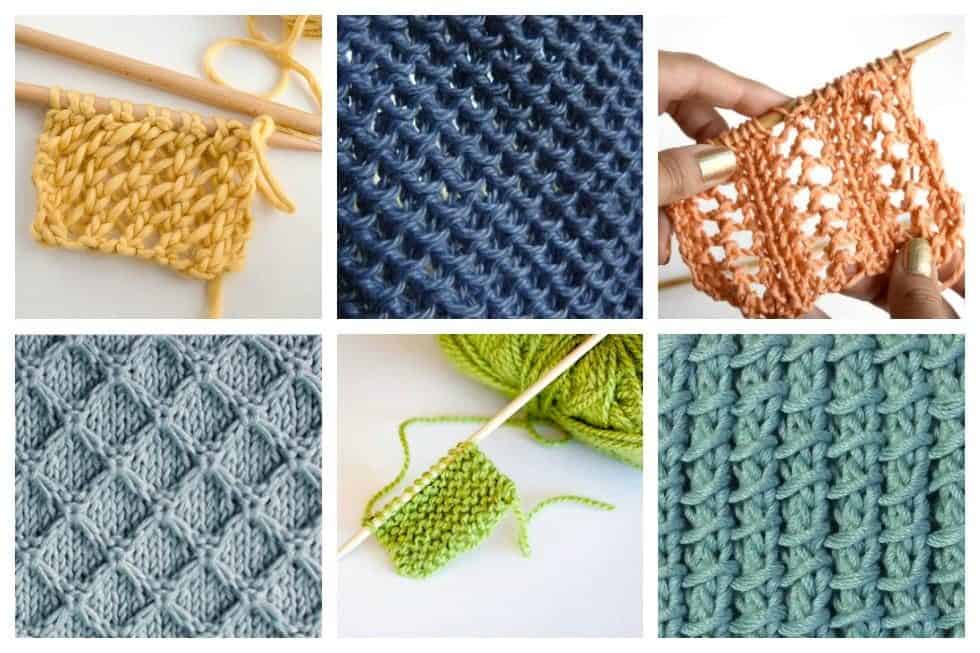
Tricot, composed of all knit stitches, represents the commodity warp-knit product.

There are three major types of warp knits: tricot, Raschel, and nets and laces.

In warp knits, the yarn forming the fabric traverses the fabric lengthwise. The two double knits are rib and interlock, which are rib structures having alternating knit and purl stitches. The incorporation of tuck and float stitches in the basic structure further introduces a variation of appearances and alters elongation and dimensions. These fabrics differ in appearance as well as mechanical performance due to their varying stitch structures. The three basic single weft knits are jersey, rib and purl, which are composed of all knit stitches or of knit and purl stitch. There are four fundamental stitches forming the diversity of weft knits: knit stitch, purl stitch, float stitch and tuck stitch. In weft knits, the yarn forming the fabric traverses the fabric crosswise. Dai, in Biomechanical Engineering of Textiles and Clothing, 2006 12.1.2 Knitted fabric Entire garments can be knitted in one piece eliminating yarn waste and minimising the making up processes required after knitting. More recent developments in knitting are electronic ‘whole garment’ machines which now allow three dimensional knitting. The advent of computerised electronic knitting machines in the early 1970s and their subsequent development to allow individual needle control and selection has allowed detailed large patterns to be created. Jacquard knits are colour-patterned fabrics which can be produced on single jersey and rib machines. This arrangement allows ‘interlocked’ structures which are more difficult to unravel that other weft-knitted structure to be created: 1 × 1 interlock, Punto di Roma and single piqué are commonly found interlock structures.

The machines are set up so that opposite needles cannot rise at the same time. Interlock structures are knitted on machines which have two sets of needles aligned directly opposite each other. Purl structures are knitted on machines which allow stitches in any one wale to be intermeshed in two directions. This allows loops to be intermeshed in two different directions. Rib structures are knitted on two sets of staggered needles. Single jersey fabrics are knitted on one bed of needles which means that the loops are all intermeshed in the same direction.

However, in order to make black and white representation of the coloured effect the presence of different colours on the surface of the knitted structures have been shown by the characters R, G, B etc. A few multi-coloured weft knitted structures are shown in Fig. 8.9. Generally two or more colours are used in the same course (resultant) to produce the desired effect and accordingly two or more neighbouring feeders make one complete course with proper needle selection. However to produce special effect or motif, selection of needle is essential along with feeding two or more coloured yarns. It does not require any specific order of needle selection but arrangement of coloured yarns in regular order (interval) during feeding will produce the desired effect. Production of stripe in width direction (course wise) is very simple. Addition of more than one colours results horizontal stripe, vertical stripe, check or some special effect depending upon the combination of coloured yarns and the order of selection of needles making the loops using different colours. Further two or more coloured yarns may be used during knitting for value addition i.e., aesthetic value in one hand and better marketability on the other.


 0 kommentar(er)
0 kommentar(er)
